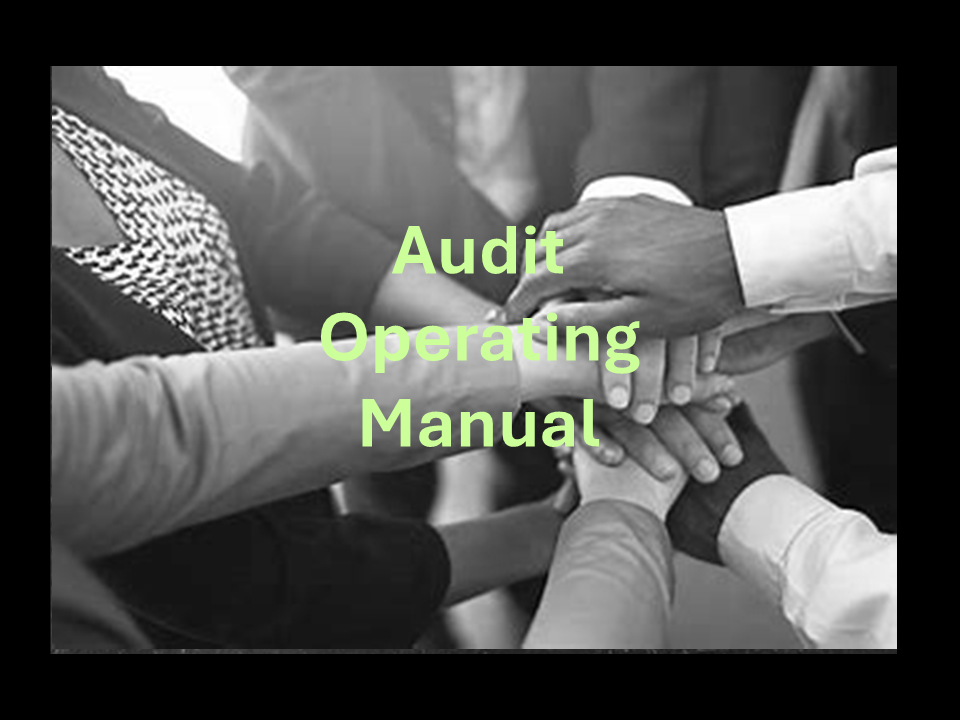Once clear values and principles have been established, it is important to use your leadership to set the tone. Leaders must embody the values and behaviors they want to see from the group. Modeling desired behaviors such as collaboration and active listening should be demonstrated to team members.
Regular reinforcement of these practices can be informal or formal. A formal way would be around annual events, meetings, or celebrations. Informal would be daily check-ins, team lunches, or community gatherings. Regular engagement in these activities helps solidify the desired culture.
Creating a sense of belonging is also critical for establishing an effective culture. Inclusivity allows all team members to feel like they are involved. It makes individuals feel accepted, valued, and supported. Encourage the formation of connections and relationships. This can happen through team building, mentorship, or simply a friendly and open environment where people can interact.
Setting expectations makes the expected behavior required of team members. It is typically in relation to work ethic, communication style, and attitudes toward innovation. Clear expectations give everyone a sense of direction and a framework for action.
Enforcing accountability holds people accountable for their values and behaviors that are central to the culture. This can be done through constructive feedback, rewarding positive behavior, and addressing any actions that undermine the culture of the team.
Creating a culture—whether within a company, community, or broader society—is an intentional, ongoing process that involves setting shared values, norms, practices, and behaviors that help define how members of that group interact, work together, and pursue common goals. Culture is not something that can be created overnight, but rather evolves through deliberate actions and consistent reinforcement over time.




